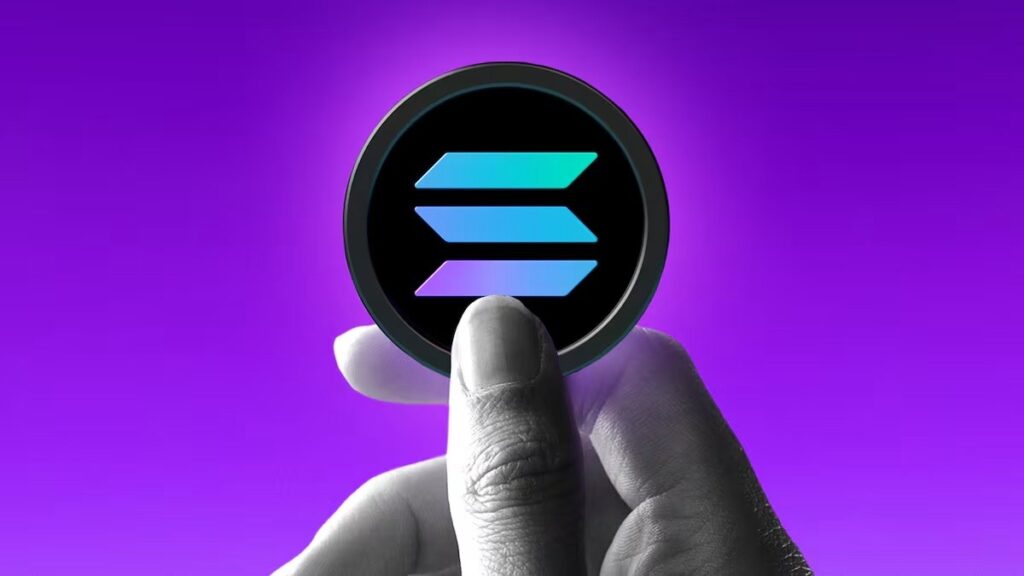Top Cryptos to Watch: Solana Gains Momentum in 2025 Market Trends
Why is Solana attracting so much attention? In this article, we examine Solana’s rapid transaction speeds, minimal costs, and strong security, along with its innovative technology and what lies ahead in 2025.
Key Takeaways
- Solana’s high transaction speed, low costs, and robust security features position it as a key platform for decentralized applications, including DeFi and NFTs.
- Innovative technologies such as Proof of History and a hybrid consensus mechanism contribute to Solana’s energy efficiency and rapid transaction verification.
- Increasing institutional interest and partnerships, along with a strong community and development roadmap, are expected to drive Solana’s growth and market performance in 2025.
Solana Overview
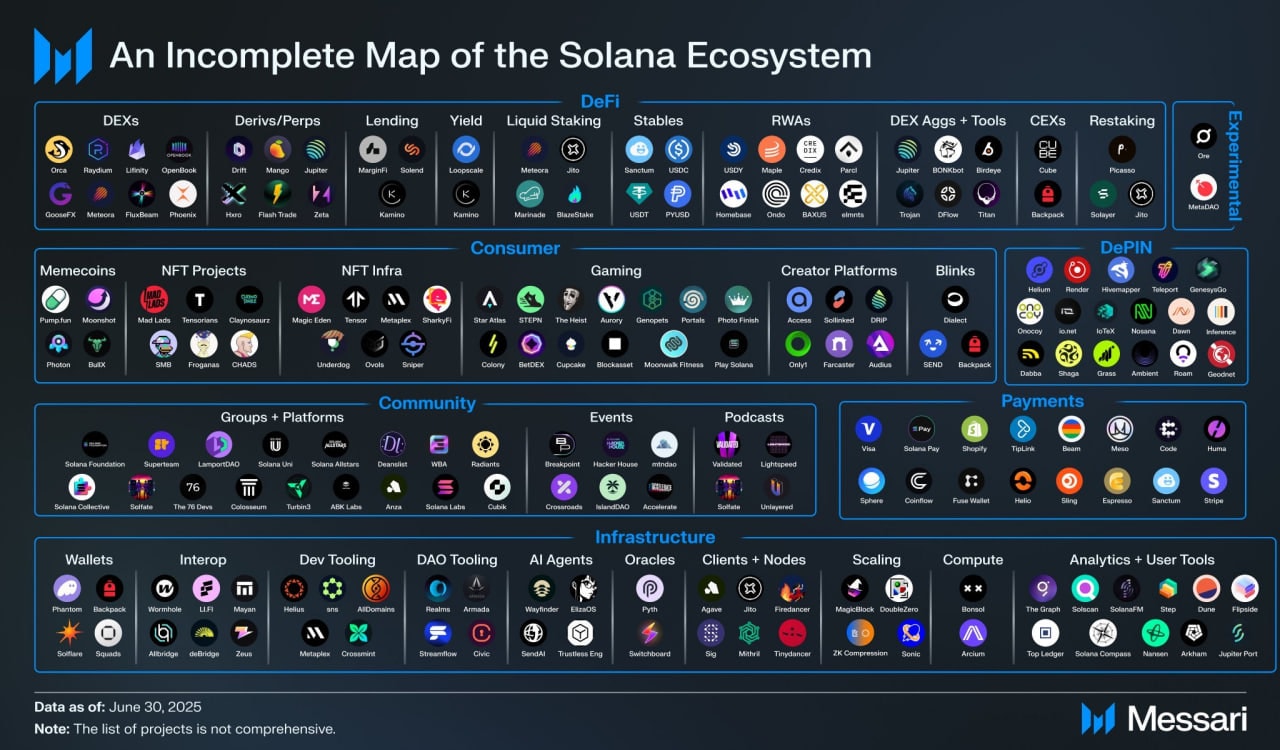
Solana has positioned itself as an ideal platform for decentralized applications, thanks to:
- Unparalleled speed and reliability
- Capability of processing thousands of transactions per second, ensuring swift and seamless operations
- Transaction costs that are astoundingly low, often less than $0.0025 per transaction
Such efficiency naturally attracts developers and users alike, making Solana a hub for DeFi, NFTs, and Web3 applications.
Security is another cornerstone of the Solana ecosystem. The network’s robustness is underscored by thousands of independently operating nodes that ensure data integrity and prevent single points of failure. This combination of speed, cost-efficiency, and securing makes Solana a compelling choice for a variety of decentralized applications.
Innovative Technology Behind Solana

Solana’s technological backbone is what truly sets it apart in the crowded crypto space. At the heart of the Solana protocol lies the innovative Proof of History (PoH) mechanism, which timestamps transactions and builds them directly into the blockchain. This method significantly enhances the speed of transaction verification, allowing for thousands of transactions per second.
The network also employs a hybrid consensus mechanism, combining Proof of History with delegated Proof-of-Stake (dPoS). This hybrid model not only boosts transaction speeds but also reduces energy consumption compared to traditional mining systems. The verifiable delay function (VDF) used in PoH creates a time reference for each transaction, making validation efficient and reliable.
Moreover, the architecture of Solana is designed to be developer-friendly, supporting high transaction throughput and utilizing standard hardware for validators. This minimizes electronic waste and supports the use of renewable energy sources, aligning with the Solana Foundation’s commitment to sustainability.
Tokenomics and Utility of SOL
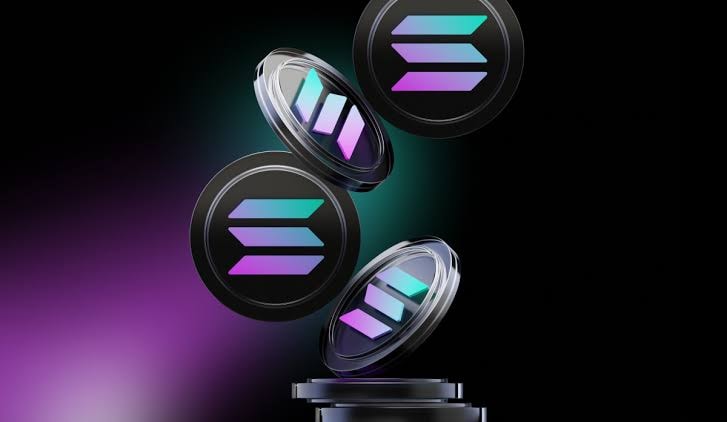
The utility and tokenomics of SOL are integral to the functioning of the Solana network. Primarily, SOL is used for staking and paying transaction fees and gas fees, making it essential for the network’s operation. Transaction fees are consistently low, around $0.00025, encouraging widespread adoption and real utility.
Validators in the Solana network earn rewards through various means, including inflation commissions, block rewards, and transaction tips. This incentivizes their participation and ensures the network remains secure and efficient. However, stakers must be cautious of potential risks such as slashing if validators act maliciously or fail to perform their duties.
The inflation model for SOL starts at 8% annually, decreasing by 15% each year to a minimum of 1.5%. Additionally, a portion of each transaction fee, initially set at 50%, is burned, creating a deflationary pressure on the token supply. This model ensures a balanced approach to inflation and deflation, promoting long-term sustainability and fair tokenomics.
Roadmap and Future Developments
Solana’s roadmap is filled with exciting developments aimed at enhancing its network performance and expanding its ecosystem. One of the most anticipated projects from Solana Labs is the implementation of the Firedancer validator client, which promises to significantly boost network performance. Additionally, Solana is working on a new consensus algorithm to speed up block times and finalize transactions faster.
The network is also testing an increase in capacity from 48 to 60 million compute units, which will further enhance its ability to handle large volumes of transactions. Initiatives like the Solana Mobile Stack and the Saga phone are part of Solana’s efforts to diversify its ecosystem and offer innovative solutions to its users.
Moreover, Solana remains focused on supporting decentralized finance (DeFi) applications, NFTs, and other digital assets. Recent updates have introduced features like confidential transfers, which add a layer of privacy and are particularly appealing to institutional users. Overall, Solana’s development roadmap emphasizes maintaining high-performance infrastructure while keeping transaction costs low.
The Solana Foundation and Core Team
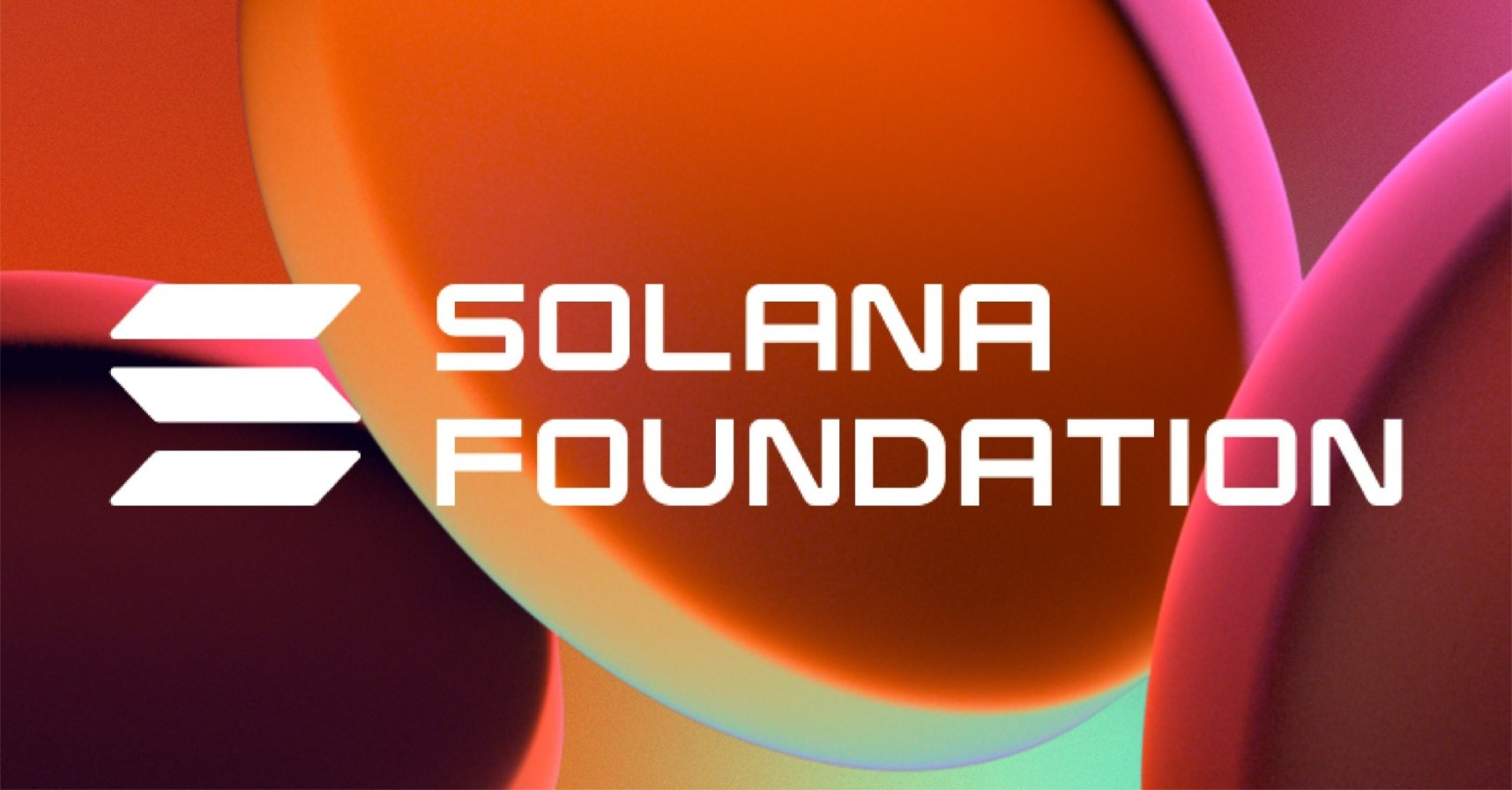
The Solana Foundation plays a crucial role in coordinating the development and growth of the Solana network. Founded by Anatoly Yakovenko, the foundation focuses on maintaining network decentralization and supporting technical advancements. The foundation’s efforts ensure that Solana remains a leader in the blockchain space.
Executive directors Lily Liu and Daniel Albert, along with a council that includes members like Patrick von Felten and Mable Jiang, govern the Solana Foundation. Their leadership and vision are instrumental in driving the foundation’s initiatives and fostering a thriving Solana ecosystem.
Ecosystem Growth and Community Engagement
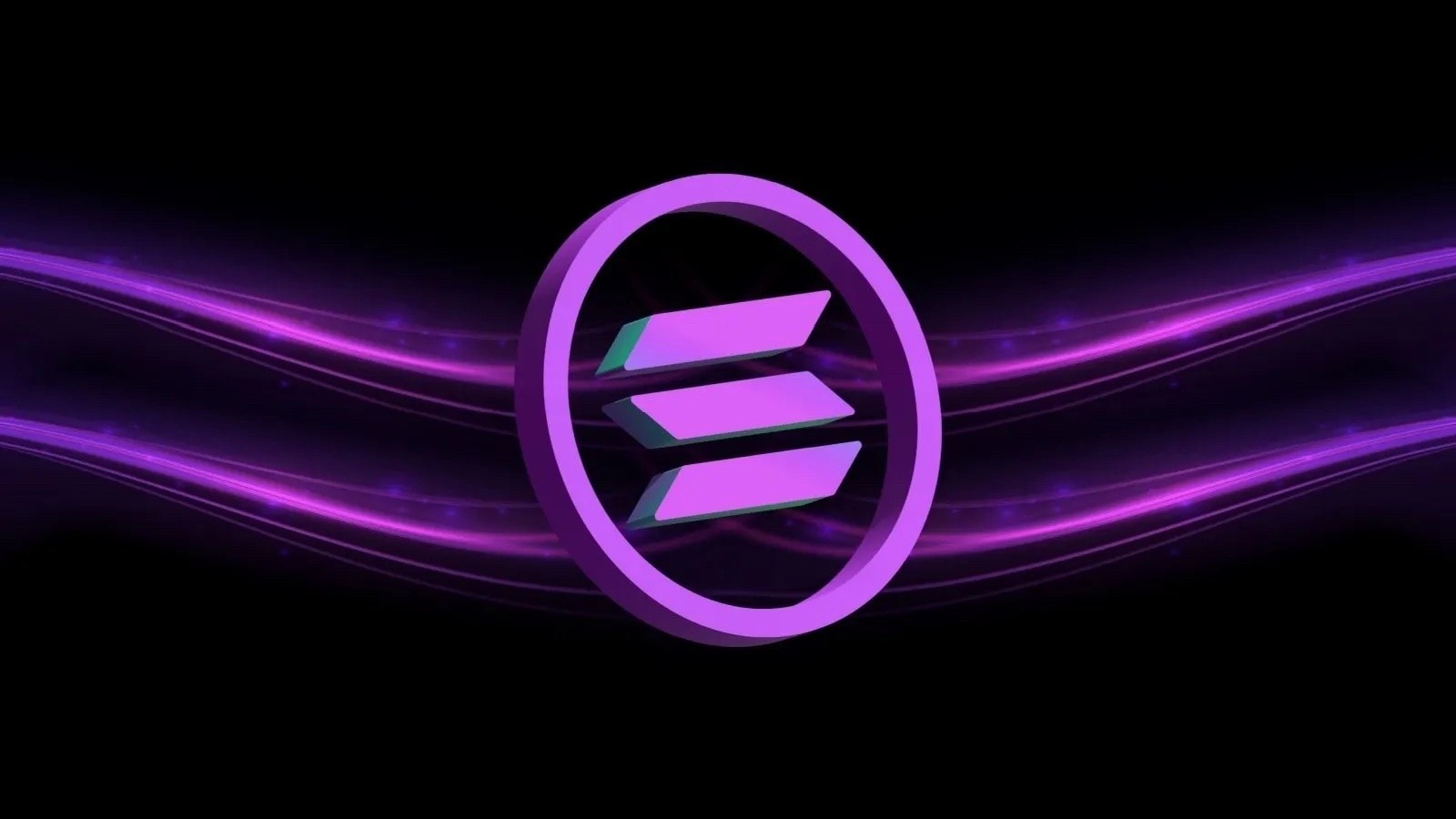
The strength of the Solana ecosystem is bolstered by its vibrant and growing ecosystem community growth. Events like Accelerate, set for May 2025, serve as mini-conferences that bring together the Solana community to share knowledge and network. The developer community’s contributions are vital, enhancing the network effects and overall ecosystem strength, providing early access to new opportunities and presale options.
In 2023, Solana hosted two significant hackathons, Grizzlython and Hyperdrive, with Hyperdrive receiving over 900 project submissions—a record for the event. These hackathons, along with the Breakpoint conference that attracted over 3,000 participants, highlight how individuals can participate in the collaborative spirit within the Solana community.
The Solana Hacker House events also brought together over 6,000 developers globally in 2023, fostering learning and innovation. The ecosystem’s rapid maturity is evident, with a growing number of decentralized applications and projects emerging on its platform, encouraging participants to conduct their own research. The rallying cry of ‘only possible on Solana’ symbolizes the community’s resilience and dedication.
Solana Mobile Stack and Saga Device
The introduction of the Solana Mobile Stack and Saga device in June 2022 marked a significant milestone for the Solana ecosystem. The Saga device featured the Seed Vault, a unique security feature designed to protect users’ digital assets. This innovation underscored Solana’s commitment to enhancing user security and experience.
Following the end of support for the Saga, Solana Mobile is now focusing on a next generation device called Seeker. This new wave of innovation in mobile technology demonstrates Solana’s innovative approach to expanding its ecosystem and providing cutting-edge solutions to its users.
Institutional Investors and Mainstream Adoption
Institutional interest in Solana has surged, highlighted by the launch of the Bitwise Solana Staking ETF, which generated $55.4 million in trading volume on its first day. The total value locked (TVL) in Solana has grown from $6 billion to $11 billion over the past year, reflecting increasing institutional confidence.
Partnerships like the one with Western Union to issue a stablecoin have further enhanced Solana’s appeal to institutional investors. Solana’s regulatory compliance and low transaction costs make it an attractive option for cross-border payments and other financial applications.
The rapid growth of decentralized finance (DeFi) on Solana is characterized by low transaction costs and near-instant finality, providing an improved user experience in trading and financial interactions. This combination of factors positions Solana favorably for mainstream adoption and continued institutional trust.
Energy Efficiency and Environmental Impact
Solana’s commitment to environmental sustainability is evident in its use of a Proof of Stake consensus mechanism, which is far more energy-efficient than traditional Proof of Work systems. Achieving carbon neutrality in 2021, Solana has reinforced its dedication to reducing its environmental footprint.
Over a six-month period, Solana’s operations resulted in approximately 4,393 tonnes of CO₂ emissions, demonstrating its relatively low environmental impact compared to other blockchains. The energy consumption of each transaction on Solana is comparable to a few Google searches, showcasing its efficiency in resource usage.
Real-World Applications and Use Cases
Solana’s robust blockchain framework supports a variety of real-world applications across finance and digital assets. DeFi platforms on Solana include:
- Decentralized exchanges
- Lending protocols
- Yield aggregators These platforms provide users with diverse financial services in a cost-effective manner. Additionally, liquid staking protocols enable users to:
- Stake their tokens while retaining liquidity
- Access DeFi opportunities without losing staked assets.
NFT marketplaces such as Magic Eden and Tensor benefit from Solana’s rapid transaction speeds, allowing users to mint, buy, and trade NFTs efficiently. The integration of NFT marketplaces with DeFi on Solana allows traders to leverage NFTs in liquidity pools and as collateral for loans, enhancing the value of digital assets.
The Helium Network’s successful migration to the Solana blockchain in March 2023 showcases Solana’s capacity for decentralized infrastructure projects. Solana’s scalability ensures it can support a larger number of users and applications without performance degradation.
Market Performance and Price Trends
Analysts predict the following about Solana’s price:
- It could reach $400 by 2025, driven by its energy-efficient consensus mechanism and expanding developer ecosystem.
- Recent predictions indicate a slight decline to around $198.20 by October 30, 2025.
- The overall forecast for December 2025 suggests a potential peak at approximately $215.17, representing a 6.5% increase.
Looking further ahead, analysts expect that by the end of 2026, Solana’s average trading price could reach around $220.15. These trends reflect the growing confidence in Solana’s market performance and its potential for future growth.
Comparison with Other Leading Blockchains
Solana’s market capitalization currently stands at approximately $111.9 billion, ranking it as the sixth largest cryptocurrency. When comparing Solana to other leading blockchains, key characteristics such as technology, utility, speed, and scalability are paramount. Solana’s innovative technology and robust ecosystem make it a strong contender in the competitive crypto assets market.
In the next bull cycle, Solana’s distinctive features and growing adoption are expected to drive its prominence even further in the next bull run. As one of the top cryptos in 2025, Solana continues to set benchmarks for decentralized applications and blockchain technology.
Summary
Solana’s rise in 2025 is a testament to its innovative technology, strong tokenomics, and vibrant community. From its high transaction throughput and low fees to its robust security and environmental sustainability, Solana stands out as a leading platform for DeFi, NFTs, and Web3 applications. The dedication of the Solana Foundation and its core team, along with the network’s growing ecosystem, further solidify its position in the crypto market.
As we look to the future, Solana’s roadmap and upcoming developments promise continued growth and innovation. With institutional investors showing increasing interest and real-world applications expanding, Solana is well-positioned for mainstream adoption. Whether you’re an investor, developer, or crypto enthusiast, Solana offers a dynamic and promising platform worth watching.
Frequently Asked Questions
What makes Solana an ideal platform for decentralized applications?
Solana is ideal for decentralized applications due to its high transaction throughput, low fees, and strong security measures. These features collectively enhance the performance and accessibility of dApps on its network.
How does Solana’s Proof of History mechanism work?
Solana’s Proof of History mechanism timestamps transactions, integrating them into the blockchain to enhance both verification speed and overall efficiency. This innovative approach allows for faster processing and confirmation of transactions.
What are the key features of Solana’s tokenomics?
The key features of Solana’s tokenomics include the use of SOL tokens for staking and transaction fees, low transaction costs, and a deflationary model that incentivizes participation through an inflationary structure.
What are some real-world applications of Solana?
Solana is widely used in DeFi platforms, NFT marketplaces, and innovative projects like the Helium Network, providing efficient transactions and diverse financial services. Its real-world applications highlight its growing importance in the blockchain ecosystem.
How does Solana compare to other leading blockchains?
Solana stands out among leading blockchains due to its superior technology, utility, speed, and scalability, positioning it as the sixth largest cryptocurrency by market capitalization. This robust performance underscores its competitiveness in the cryptocurrency landscape.

